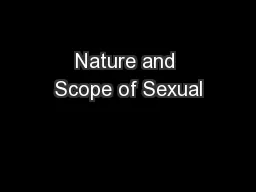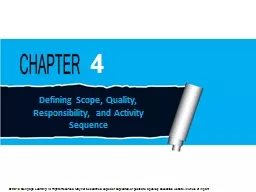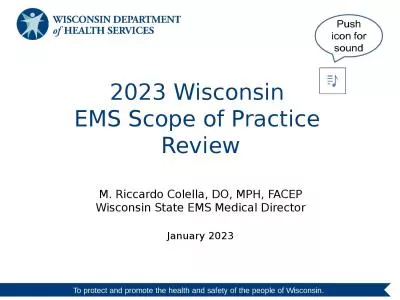PPT-Nature and Scope of Sexual
Author : celsa-spraggs | Published Date : 2017-06-05
Offending Randy Shively PhD Director of Research and Clinical Development Alvis Columbus Ohio Sex Offender Characteristics Needy Immature Manipulative Secretive
Presentation Embed Code
Download Presentation
Download Presentation The PPT/PDF document "Nature and Scope of Sexual" is the property of its rightful owner. Permission is granted to download and print the materials on this website for personal, non-commercial use only, and to display it on your personal computer provided you do not modify the materials and that you retain all copyright notices contained in the materials. By downloading content from our website, you accept the terms of this agreement.
Nature and Scope of Sexual: Transcript
Download Rules Of Document
"Nature and Scope of Sexual"The content belongs to its owner. You may download and print it for personal use, without modification, and keep all copyright notices. By downloading, you agree to these terms.
Related Documents














